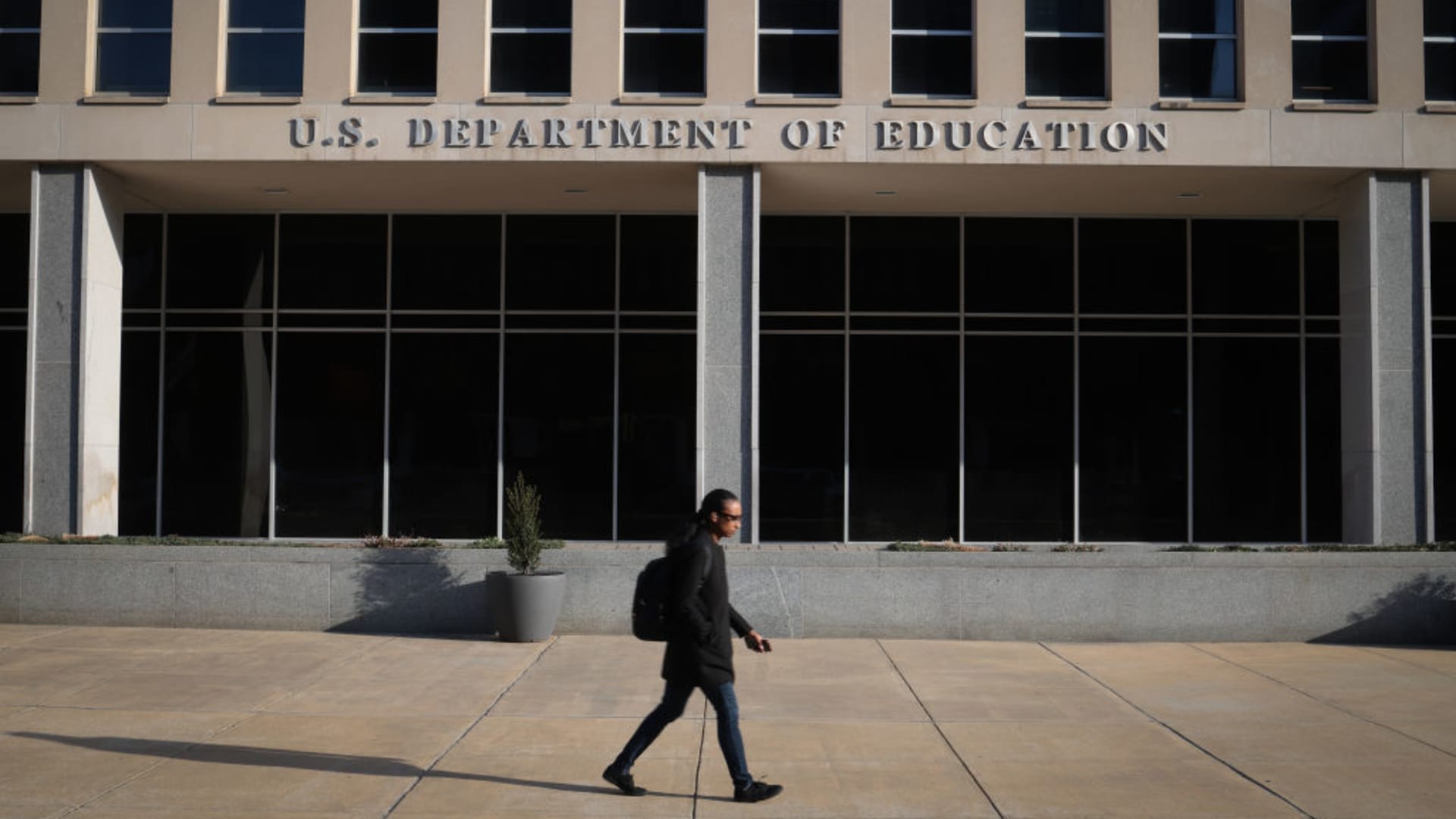Phoenix Wang | Moment | Getty Images
There’s been a persistent gap between how much money savers are putting away and how much they think they will need once they retire.
Yet this year, many Americans are scaling back their expectations.
For 2025, the “magic number” to retire comfortably is down to an average $1.26 million, a $200,000 drop from the $1.46 million reported last year, according to a new study from Northwestern Mutual, which polled more than 4,600 adults in January.
More from Personal Finance:
Most Americans are financially stressed from tariff turmoil
Cash may feel safe when stocks slide, but it has risks
These strategies can protect your savings from tariff volatility
“Americans’ ‘magic number’ to retire comfortably has come down,” John Roberts, chief field officer at Northwestern Mutual, said in a statement. Inflation has receded, Roberts said, and as a result, people are adjusting their outlook.
The 2025 figure is roughly in line with estimates from 2023 and 2022, which were $1.27 million and $1.25 million, respectively.
However, that retirement goal is still high, Roberts added, “far beyond what many people have actually saved.”
‘Magic number’ vs. average retirement balances
Last year, positive market conditions helped propel retirement account balances near new highs.
As of the fourth quarter of 2024, 401(k) and individual retirement account balances notched the second-highest averages on record, boosted by better savings behaviors and stock gains, according to the latest data from Fidelity Investments, the nation’s largest provider of 401(k) savings plans.
The average 401(k) balance was $131,700 in the fourth quarter, while the average IRA balance stood at $127,534, according to Fidelity.
However, since then, U.S. markets have whipsawed. As of April 21, the S&P 500 is down roughly 10% year-to-date, while the Nasdaq Composite sank more than 15% in 2025. The Dow Jones Industrial Average pulled back 8%.
“The 2025 stock market has not spared many savers,” said Winnie Sun, co-founder and managing director of Sun Group Wealth Partners, based in Irvine, California. “Your portfolio is likely lower than it was before the new year.”
Why retirement confidence is sinking
Even after lowering the bar, more than half, or 51%, of Americans in Northwestern Mutual’s study expected to outlive their savings. Just 16% said that outcome would be “very unlikely.”
That’s down from a year earlier, when 54% of workers who were not yet retired said they expected to be financially ready for retirement when the time comes.
Currently, only about two-thirds, or 67%, of Americans in their planning years feel confident about their retirement prospects — down seven percentage points from last year, according to a separate Retirement Planning study by Fidelity.
Workers today are largely on their own when it comes to their retirement security, which has also taken a toll on retirement confidence. “Notably, the current generation of retirees could be the last to use predictable sources of income such as pensions as the primary way they fund retirement,” Rita Assaf, vice president of retirement offerings at Fidelity Investments, said in a statement.
“The shift toward relying on retirement savings heightens the importance of grounding yourself in a financial plan as early as you can,” Assaf said.
Retirement rules of thumb
According to Fidelity, there are a few simple rules of thumb for retirement planning, such as saving 10 times your earnings by retirement age and the so-called 4% rule for retirement income, which suggests that retirees should be able to safely withdraw 4% of their investments, after adjusting for inflation, each year in retirement.
Other experts say there is no magic number for a retirement savings goal, but setting aside 15% of your yearly salary before taxes is a good place to start.
If your retirement date is still years away, “meet with an experienced financial advisor as soon as you can to evaluate your future income needs and put together a strategy sooner rather than later,” said Sun, a member of CNBC’s Financial Advisor Council.
Alternatively, if your retirement date is soon, “make sure your emergency fund is funded, tighten your spending, look into establishing a HELOC [home equity line of credit] if you have equity in your home as an emergency line, look for ways to bring in supplemental income while you can, and importantly, meet with an advisor to make sure you have a full picture of retirement will look like for you,” Sun said.
Subscribe to CNBC on YouTube.


 Technology1 week ago
Technology1 week ago
 Personal Finance1 week ago
Personal Finance1 week ago
 Blog Post1 week ago
Blog Post1 week ago
 Economics1 week ago
Economics1 week ago
 Personal Finance6 days ago
Personal Finance6 days ago
 Personal Finance1 week ago
Personal Finance1 week ago
 Personal Finance5 days ago
Personal Finance5 days ago
 Economics6 days ago
Economics6 days ago











